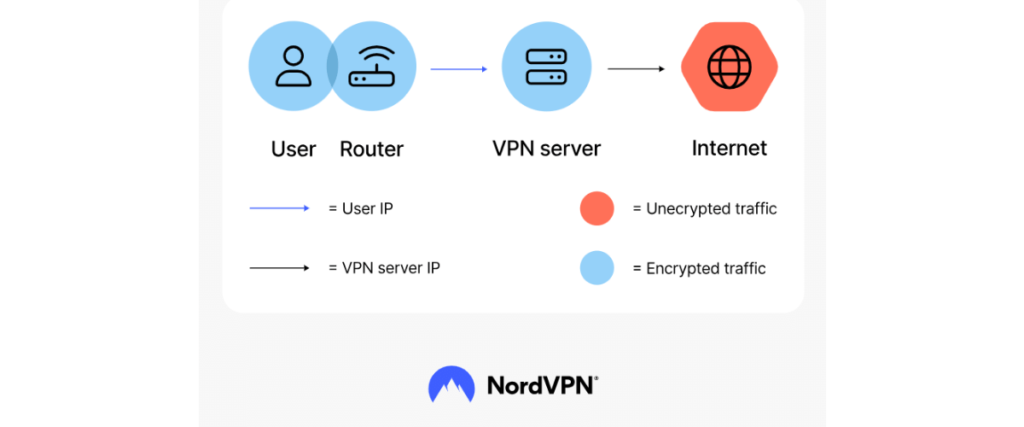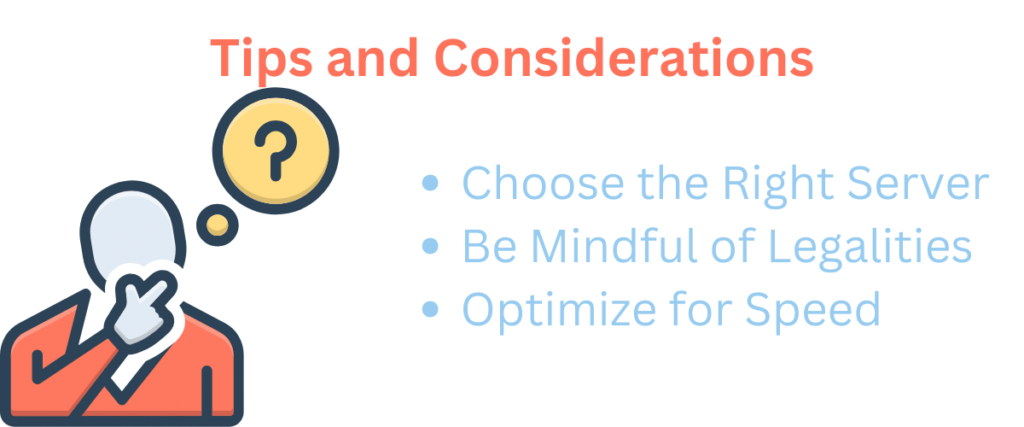The use of Virtual Private Networks (VPNs) has become increasingly prevalent, not only for security but also for unlocking a world of content that might be geo-restricted. As we step into 2024, let’s explore the seamless process of using VPN to change location and the myriad possibilities it unlocks.
Understanding VPNs and Changing Location:

What is a VPN?
A Virtual Private Network (VPN) is a technology that creates a secure and encrypted connection over the internet. It serves as a virtual tunnel, routing your internet traffic through a server in a location of your choice, effectively masking your actual location.
Why Change Your Location with a VPN?
A VPN to change location can be proved very beneficial for everyone who wants to browse online platforms without geo restriction, let’s understand it deeper:
- Access Geo-Restricted Content: Many streaming services, websites, or online platforms restrict content based on your physical location. A VPN allows you to bypass these restrictions and access content from anywhere in the world.
- Enhanced Privacy and Security: By masking your IP address and encrypting your internet connection, a VPN adds an extra layer of security to your online activities, protecting your data from potential threats.
Step-by-Step Process of Using a VPN to Change Location:

Choose a Reliable VPN Service:
- Research and Select a VPN: Choose a reputable VPN service that suits your needs. Consider factors such as server locations, speed, and privacy features.
- Subscribe to the Service: Sign up for the selected VPN service. Most VPN providers offer various subscription plans to accommodate different user requirements.
Download and Install the VPN Application:
- Download the App: Visit the official website of your chosen VPN provider and download the application compatible with your device’s operating system.
- Install the Application: Follow the installation instructions provided by the VPN provider.
Launch and Configure the VPN:
- Open the VPN App: Launch the VPN application on your device.
- Log In: Enter your credentials to log in to your VPN account.
- Choose a Server Location: Select a server location from the VPN provider’s list. This will be the virtual location your internet traffic will appear to be coming from.
Connect to the Chosen Server:
- Initiate the Connection: Click on the connect button within the VPN application to establish a connection to the chosen server.
- Wait for Connection: Once connected, wait for the VPN to establish a secure connection. You will receive a notification confirming the successful connection.
Verify Your New Location:
- Check Your IP Address: Use an online IP address checker to verify that your IP address now reflects the location of the server you connected to.
- Access Geo-Restricted Content: Visit websites or streaming services that were previously restricted based on your location to confirm that you now have access.
Example: NordVPN

Let’s take NordVPN as an example to illustrate the process:
1. Choose NordVPN:
- Visit NordVPN’s official website and explore their features, server locations, and subscription plans.
2. Subscribe to NordVPN:
- Sign up for a NordVPN subscription plan that meets your requirements.
3. Download and Install NordVPN:
- Download the NordVPN application compatible with your device’s operating system.
- Follow the installation instructions provided by NordVPN.
4. Launch and Configure NordVPN:
- Open the NordVPN application.
- Log in with your NordVPN credentials.
- Choose a server location from NordVPN’s extensive list.
5. Connect to NordVPN Server:
- Click on the connect button to initiate the connection.
- Wait for NordVPN to establish a secure connection.
6. Verify Your New Location:
- Check your IP address using an online IP address checker to confirm the virtual location.
- Access geo-restricted content to ensure the location change was successful.
Tips and Considerations:

Choose the Right Server:
- Select a server location that aligns with the content or services you wish to access. Different servers may offer varying speeds and capabilities.
Be Mindful of Legalities:
- While changing your virtual location is a common practice, be aware of the legal implications. Respect the terms of service of the platforms you access and ensure compliance with local laws.
Optimize for Speed:
- Choose a server that provides optimal speed for your specific needs, especially if you are streaming high-definition content or engaging in online activities that demand a stable connection.
Advanced Features and Considerations for Location Changing with VPN:

Explore Server Options:
- Many VPN services offer specialized servers for specific purposes, such as streaming, gaming, or added security. Explore these options to enhance your online experience.
Utilize Split Tunneling:
- Some VPNs provide split tunneling, allowing you to route only specific traffic through the VPN while letting the rest access the internet directly. This can be useful when you only want to change the location for certain applications.
Consider Device Compatibility:
- Ensure that the VPN you choose is compatible with all the devices you intend to use. Many modern VPNs support a wide range of devices, including smartphones, tablets, smart TVs, and routers.
Evaluate VPN Protocols:
- Understand the various VPN protocols supported by your chosen VPN service. Different protocols offer varying levels of security and speed, so select the one that aligns with your priorities.
Read how to use VPN to watch porn from anywhere on Trendingvpn.
Overcoming Common Challenges:
Dealing with Streaming Services:
- Some streaming platforms employ advanced techniques to detect and block VPN traffic. If you encounter issues, try using servers specifically optimized for streaming or contact your VPN provider’s support for assistance.
Maintaining Speed and Stability:
- To ensure a smooth experience, connect to servers with lower user loads. This reduces congestion and enhances both speed and stability.
Monitoring Data Usage:
- Keep an eye on your data usage, especially if you have limited bandwidth. Some VPNs offer features to track data consumption and optimize settings accordingly.
Looking Ahead: Evolving Trends in VPN Technology
In the rapidly advancing realm of VPNs, the future holds exciting
possibilities. As technology continues to evolve, expect innovations such as:
Decentralized VPNs:
- Emerging technologies may give rise to decentralized VPNs, which distribute the network load among users, enhancing both privacy and security.
Enhanced Privacy Features:
- VPNs are likely to introduce even more advanced privacy features, such as improved encryption algorithms and decentralized authentication methods.
Integration with Emerging Technologies:
- With the rise of technologies like 5G and edge computing, VPNs may integrate these advancements to provide faster and more efficient services.
Check more top VPNs like Atlas and Expressvpn.
Final Thoughts:
Changing your virtual location with a VPN in 2024 is a straightforward process that opens up a world of possibilities. Whether you’re accessing geo-restricted content, prioritizing online privacy, or ensuring secure connections, a VPN is a versatile tool that adapts to your digital needs.
As technology continues to evolve, staying informed about the latest trends and advancements in VPN technology will empower you to make the most of this powerful tool. Embrace the freedom, security, and flexibility that VPNs provide; use a VPN to change location and navigate the digital world with confidence in the years to come.
For more tech related blogs and know about it visit Trendingvpn.

